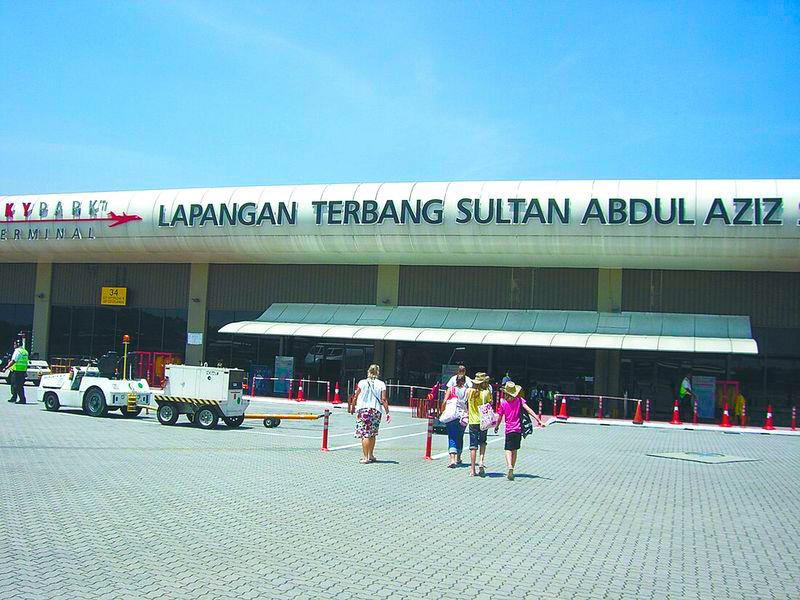AIRPORTS are integral to the travel industry, providing connections to local and international destinations. Their sole function is to serve passengers and facilitate air freight. However, the design and aesthetics of airports primarily cater
to the needs and preferences of passengers.
Most countries take pride in the architecture, interior design and facilities of their airports as these serve as the first point of contact for tourists and business travellers, creating a favourable first impression of the
nation.
Therefore, airports must offer facilities that accommodate the needs of all passengers, including children, the elderly and individuals with disabilities, to ensure a comfortable, safe and enjoyable journey.
Most airport facilities are designed for the general passenger population. However, many airports do make provisions for individuals with disabilities or those who use wheelchairs.
In Malaysia, the level of support for disabled passengers varies significantly between ground services and airlines.
Some local airlines charge substantial fees for wheelchair use while others provide this service free of charge.
If you use your own wheelchair, you will need to push it all the way to the boarding gate, and the same applies when disembarking.
While some airlines do provide assistance for wheelchair-bound passengers, the Sultan Abdul Aziz
Shah Airport in Subang lacks
adequate facilities for individuals with disabilities.
Passengers flying on ATR planes face the challenge of climbing six steps while those on Boeing flights must navigate nineteen steps as there are no aerobridges or elevators available to assist with boarding.
Additionally, the concrete path along the perimeter of the building leading to the tarmac is uneven and bumpy, exposing passengers to the deafening noise of airplane engines, as well as turbulence and dust.
The Sultan Abdul Aziz Shah Airport requires a comprehensive review of its spatial design to ensure proper access to planes and the implementation of international standard facilities for individuals with disabilities.
It needs to be upgraded from a kampung-style airport to one that meets global standards.
This is not merely a charitable gesture but a fundamental responsibility of an efficient airport operator.
Mohamed Ghouse Nasuruddin
School of Arts
Universiti Sains Malaysia
Penang









